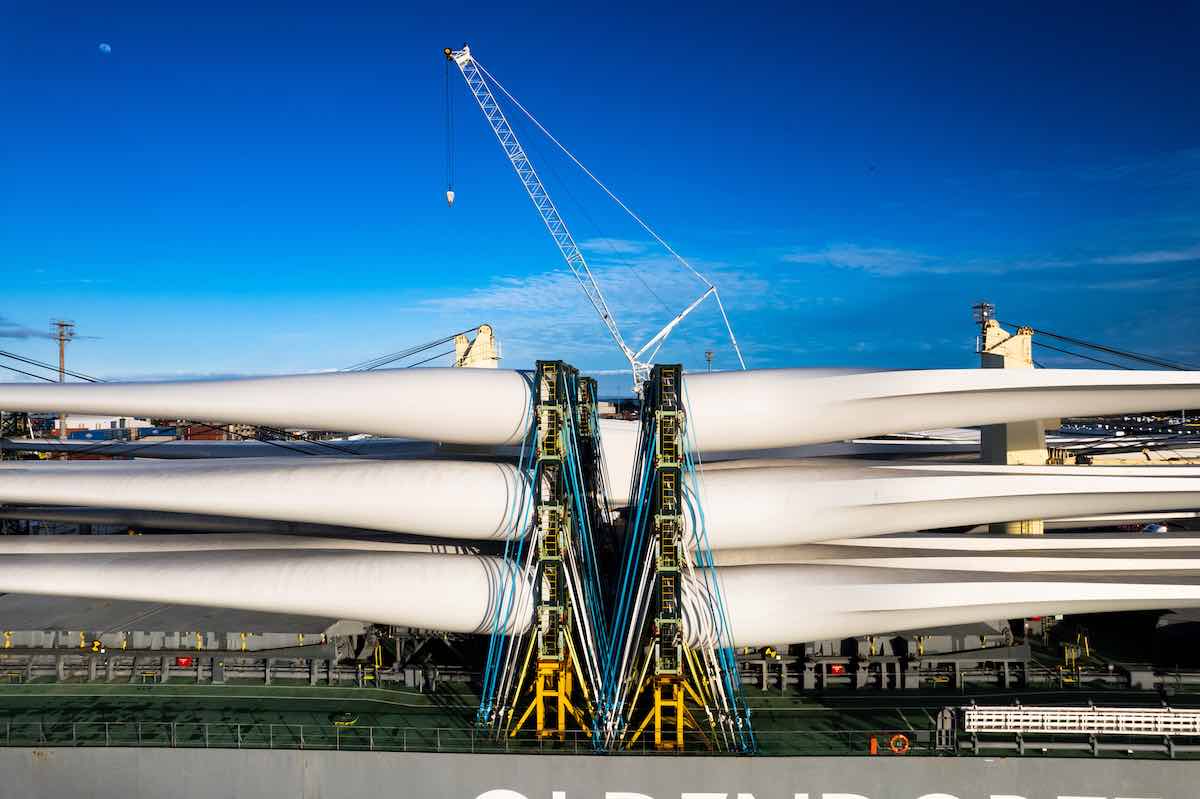Policy certainty has been on renewable energy investor and industry wishlists for almost two decades and this year, they’re finally getting it, says the latest Renewable Superpower Scorecard report.
The winner this year is NSW – not so much for any policy targets, but for implementing its Renewable Energy Zones and industrial precincts plans, issuing First nations guidelines for energy projects and allocating $1.2 billion to fast track transmission infrastructure.
A surfeit of policies and targets across the country, but particularly out of the federal government, is giving investors some meat to chew on, says Clean Energy Investor Group CEO Simon Corbell.
“Strong policy vision and stability is critical to creating more investable markets. Strong policy frameworks can make or break investment decisions,” he said.
“We are pleased to see ambitious plans for storage, transmission and renewable energy zones, which provide a good foundation for export-orientated growth.”
Ramping up renewable energy generation capacity, storage and transmission to 200 per cent of what the National Electricity Market (NEM) is doing now could deliver $320 billion in investment by 2050, according to the Australian Energy Market Operator’s (AEMO) Integrated System Plan (ISP).
Superpowerdom to require huge step up
The scorecard, produced by WWF-Australia, is in its third year and measures how close or far Australia is to becoming a renewable energy superpower, a goal that includes exports as a key motivator for a resources-based economy.
In order to achieve that status however, the country must produce seven times the amount of renewable electricity by 2050 than it does now in order to fuel a green hydrogen industry, the transition of heavy industry, and have some left over to sell overseas.
WWF-Australia found AEMO’s hydrogen superpower scenario in its 2022 ISP required the same level of new infrastructure to be built to meet local and international consumption.
To reach that hydrogen superpower or renewable energy superpower status, the Scorecard said Australia needs to build out subsea cables and a hydrogen industry for export, electrify transport, buildings and industry, and transition manufacturing to renewable energy.

However, the country also does not have the people, or the skills building capacity, to meet that level of construction, according to a report by UTS’ Jay Rutovitz last week.
She says Australia has the means — if governments and industry at all levels work hard — to develop enough skilled labour to meet the federal government’s 82% renewable energy by 2030 target, and 2050 targets under the step change scenario — considered most likely by industry — but not the much more ambitious hydrogen superpower scenario.
The trick to beating that skills hurdle will be investing in implementation capacities, training, and retraining programs as coal and gas extraction winds down, says WWF-Australia CEO Dermot O’Gorman.
“Some of that is thinking over the next five to 20 years. The message here is yes we can do this but we need to be investing in the types of skills in young Australians or helping with the existing capabilities that we have to move them into the new industries,” he told RenewEconomy.
“We also have a very big coal and gas extraction sector in Australia and many of those jobs will be disappearing over the next decade. These are the types of jobs, plumbers, electricians, welders, who will be needed to build out the new infrastructure.”
And the winners are…
NSW took the leading position for the first time but was closely followed by Tasmania with its commitment to develop sectoral decarbonisation plans to support its legislated net zero target of 2030, and investments in hydrogen and renewable fuels.

Queensland crept up the board with a Renewable Energy Target of 70 per cent renewables by 2032 and 80 per cent by 2035, as part of its Energy and Jobs Plan.
South Australia was joint third with Queensland because of its Hydrogen Jobs plan which represents the largest investment per capita in renewable hydrogen of any government across Australia and includes plans to build one of the world’s largest hydrogen electrolyser facilities.
The federal government moved from last to fourth. Rewiring the Nation, the National Reconstruction Fund and Powering the Regions Fund as well as the 82 per cent renewable energy by 2030 target and policies in the transportation sector are creating the longed-for certainty investors have been craving.
Victoria was in joint fourth position after announcing it wants 9 gigawatts (GW) of offshore wind installed by 2040 and promised energy storage targets of at least 2.6 GW of by 2030 and 6.3 GW by 2035.
The report said Victoria’s Gas Substitution Roadmap and Victorian Transmission Infrastructure Framework are examples of how the state is working to support renewables exports.
Western Australia took fifth position as while it has ambitions, few of these are yet to materialise in legislated or real form. The government says it will close the last two state-owned coal power plants and has promise $3.8 billion for green power infrastructure and transition plans for workers.
However, plans to house tens of gigawatts of offshore wind and wind and solar generation for green hydrogen could see the state become a renewable energy export powerhouse in its own right.
The Northern Territory is at the bottom because of its support for fossil fuels precinct Middle Arm Sustainable Development Precinct and in spite of new legislation related to the Sun Cable project and the appointment of the Indigenous Essential Services Advisory Committee.










